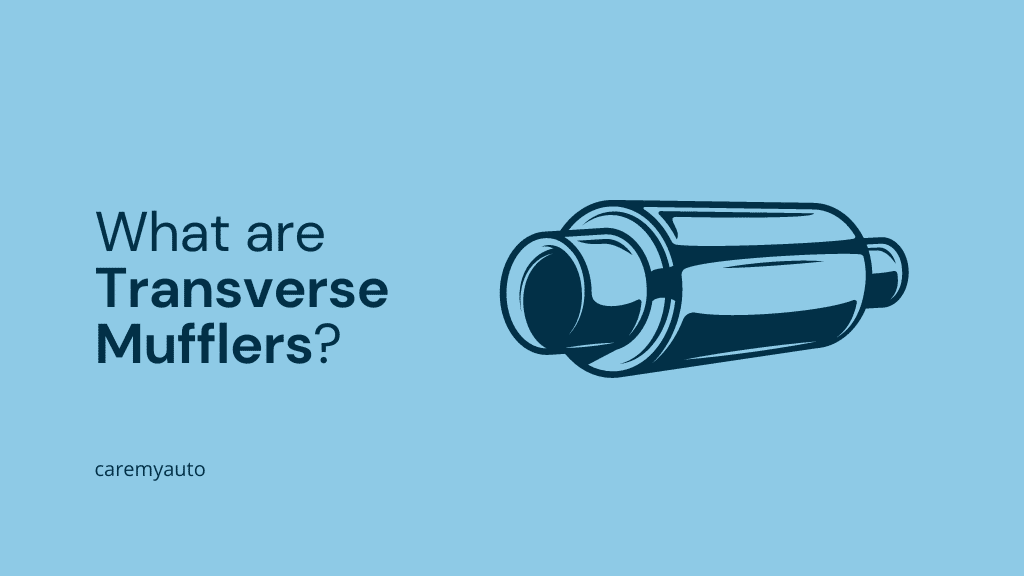Hello fellow car enthusiasts! As an avid gearhead, I’ve always been fascinated by how each component, like the transverse muffler, plays a crucial role in our vehicles’ performance and sound. Drawing from my experience and latest automotive research, let’s delve into the world of transverse mufflers, understanding their mechanics, benefits, and how they fit into the automotive ecosystem.
You can read further to know more about these mufflers, including their advantages and disadvantages.
Did You Know?
Traditional mufflers cause increased back pressure in the exhaust system. If you want to decrease the amount of back pressure, look for performance mufflers.
What is a Transverse Muffler?
The transverse muffler gets its name from the way it is mounted under the vehicle. Most mufflers are mounted longitudinally, or along the length of the vehicle. Transverse means across, so a transverse muffler is mounted across the vehicle. This type of muffler is often used on European cars, as well as some North American cars.
As we said before, they are tucked beneath the car instead of behind them, which also makes the vehicle more aerodynamic. They are used for different reasons on different types of cars –
- On front-wheel drive vehicles, they help reduce the amount of noise that is emitted from the engine.
- On rear-wheel drive vehicles, they help with their improved ground clearance.
- They are also often used on race cars, as they can provide significant weight savings over a traditional muffler.
Benefits of a Transverse Muffler
Now that we have a better understanding of how a transverse muffler is different from traditional mufflers, let’s take a look at the benefits and drawbacks that come with it.
- One of the benefits of the transverse muffler is that it can improve the ground clearance of a vehicle. This is because the muffler is installed under the vehicle, rather than hanging down from the exhaust system. This can be a great benefit for off-road vehicles that need to clear obstacles.
- Another benefit of the transverse muffler is that it can improve the fuel efficiency of a vehicle. This is because the transverse muffler is typically much smaller than a traditional muffler, which means that it doesn’t require as much power to operate. This can lead to a small increase in fuel efficiency, which can be beneficial in the long run.
- The shorter length of the exhaust system can result in weight savings for the vehicle.
- Additionally, the transverse muffler can help to improve the balance of the vehicle by distributing the weight more evenly.
Drawbacks of a Transverse Muffler System
The transverse muffler is not without its drawbacks, however.
- The transverse muffler is more difficult to install than a conventional muffler (as they require more space in the engine bay) and can be more difficult to service.
- The transverse muffler can also be more expensive than a conventional muffler.
- Additionally, they can be more difficult to tune, as they require a different set of frequencies than a traditional muffler.
- Finally, they can also be less effective at reducing noise levels. This is why they are commonly used for cars with smaller engines like sedans or hatchbacks.
- Additionally, because the transverse muffler is positioned underneath the floorpan, it can be more vulnerable to road debris and corrosion.
Final Thoughts
We hope that you were able to better understand what transverse mufflers are after going through this article. Also, if you are considering a transverse muffler for your vehicle, be sure to consult with a qualified mechanic or exhaust specialist to be sure that you select the right muffler for your vehicle.
Thank you for reading this article and feel free to share any tips/feedback that you might have regarding this article in the comments!



